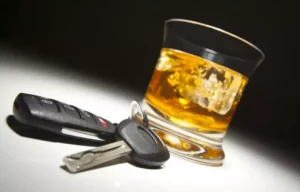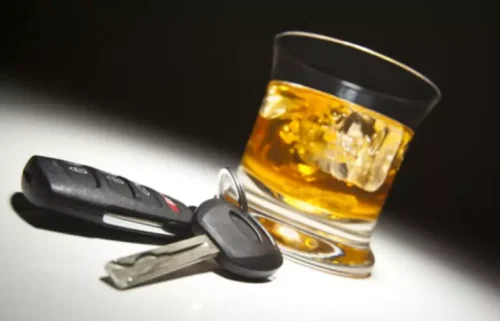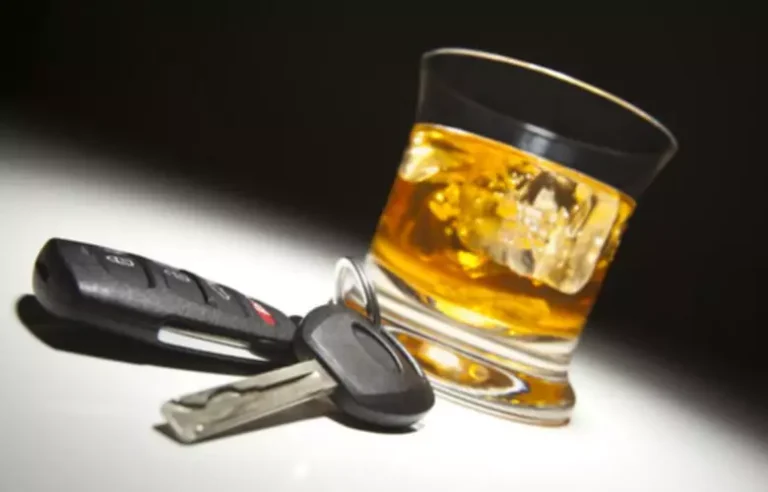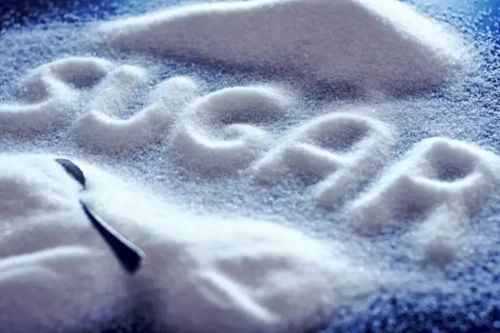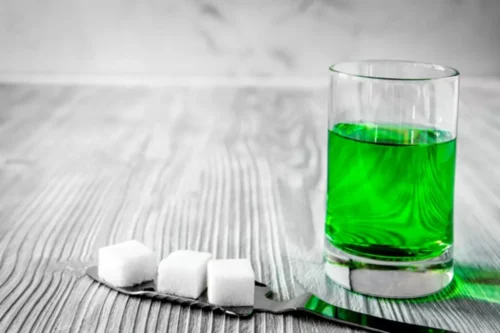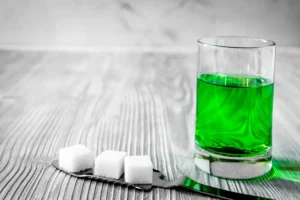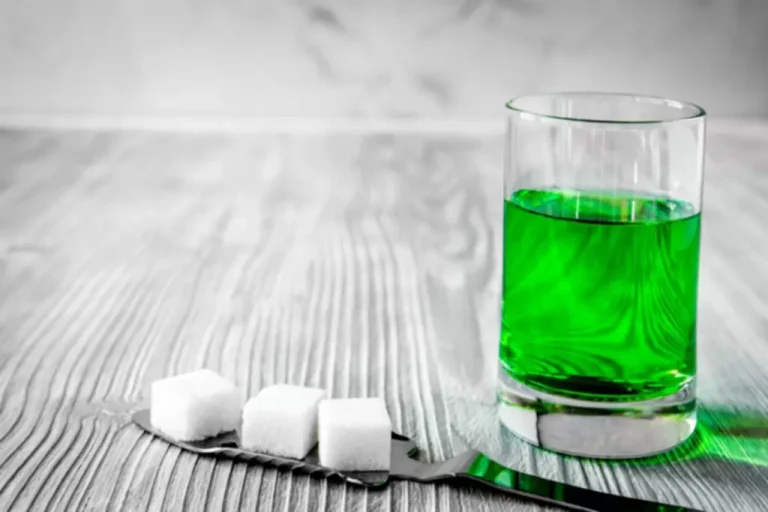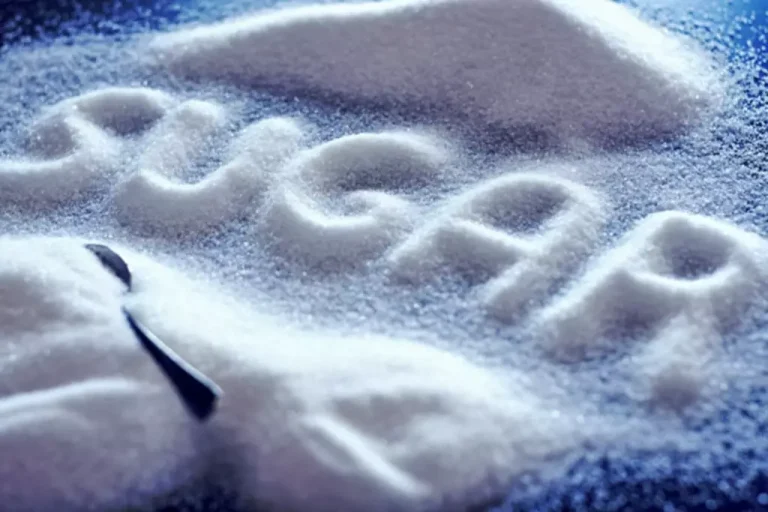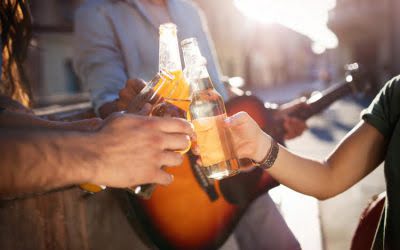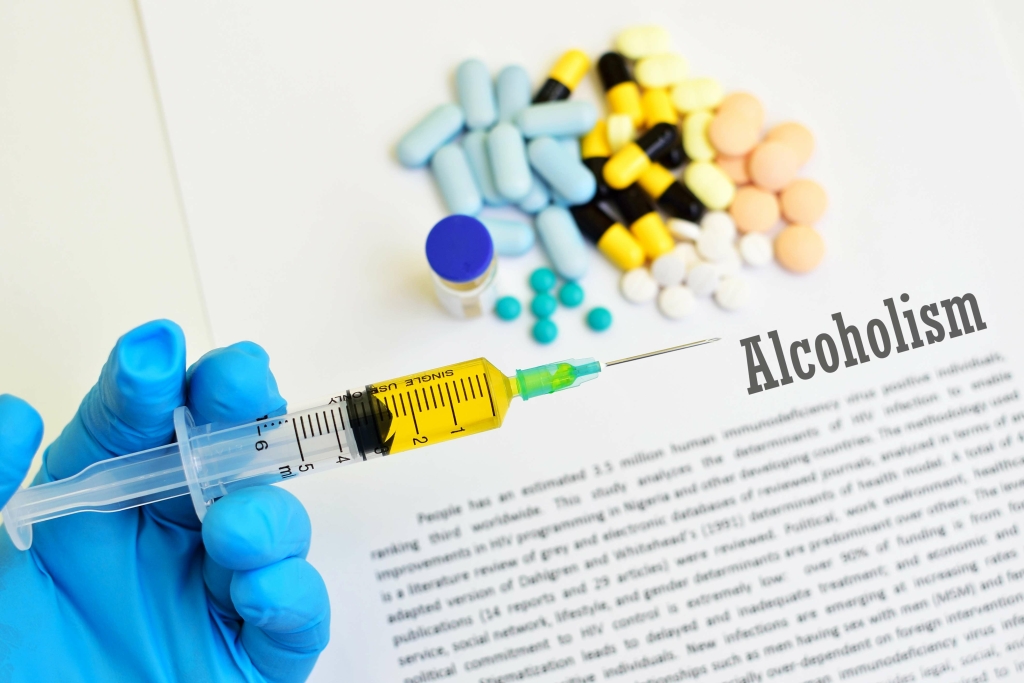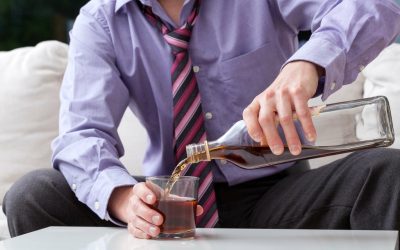Fact versus Fiction: a Review of the Evidence behind Alcohol and Antibiotic Interactions
All of these factors can reduce your body’s ability to heal from an infection. Acute alcohol use, binge drinking, and chronic alcohol use can all be harmful, whether you take medication or not. Combining these antibiotics and alcohol How Long Does Weed Stay in Your System A Comprehensive Guide can cause a potentially dangerous reaction. Doctors recommend avoiding alcohol while taking a number of drugs. Antibiotics can help you feel better after some common illnesses by fighting the bacteria that cause these infections. Besides taking the prescribed dose, there are some other, lesser-known things that can help you recover as quickly as possible.
Isoniazid.
According to a 2020 review, consuming penicillin and alcohol likely won’t produce side effects for most people. However, while alcohol appears to slow the rate of penicillin absorption it does not prevent how much of the drug is ultimately absorbed. How antibiotics react with alcohol can differ by type of drug. In 2020, pharmacists at the Department of Veterans’ Affairs in New York published a study examining the data regarding alcohol use with certain classes of antibiotics. Some types were deemed safe to use with alcohol, while others were not.
The articles were chosen after a search of published English language medical literature. A secondary search was performed via review of references found from the initial search. All randomized controlled trials and results from smaller, nonrandomized, open-label studies were included, provided that the studies had adequate methodology as judged by the authors. For drugs with limited information, case reports/series were included.
Isoniazid and linezolid
The evidence behind these beliefs is poor and controversial (Tables 2 to 4). Furthermore, alcohol can cause hepatic stress or injury with or without the use of potentially hepatotoxic medications. These concerns may be responsible for alcohol warnings that accompany many antimicrobials, but what are the data and strength of support for these warnings? The goal of this review was to summarize existing data, which in turn generates insights into the origin of these warnings.
To our knowledge, there are no data available on the PK/PD or efficacy of isoniazid. Griseofulvin is an oral antifungal approved for the treatment of various ringworm infections due to Microsporum, Epidermophyton, and Trichophyton (93). Azoles are antifungals approved for the treatment of fungal infections (88). Trimethoprim-sulfamethoxazole (TMP-SMX) is used for urinary tract infections and pneumocystis infections (74). To our knowledge, there are no data available on the PK/PD or efficacy of metronidazole.
General Health
- While not all antibiotics interact with alcohol, some do, and the potential side effects can range from mild to severe.
- Alcohol can interact with certain prescription drugs, including amoxicillin.
- Linezolid is a weak, nonspecific inhibitor of monoamine oxidase (MAO) enzymes (81).
- Combining amoxicillin with alcohol may increase your risk of side effects, such as nausea and diarrhea.
- Ask your doctor or pharmacist if your antibiotic has an interaction with any liver enzymes.
A healthcare provider may prescribe one of several types of antibiotics, depending on the infection and your health history. When prescribing antibiotics, a healthcare provider often will discuss whether it’s OK to consume alcohol while taking them. There’s no waiting period to drink alcohol after taking most antibiotics. But for metronidazole or tinidazole, Dr. Clayton recommends waiting at least 72 hours after your last dose before consuming any alcohol. Both alcohol and antibiotics can cause side effects in your body, and drinking alcohol while taking antibiotics can raise your risk of these harmful effects.
By Rosanna Sutherby, PharmDSutherby is a community pharmacist with over 20 years of experience in medication review, counseling, and immunization. Finishing the course of antibiotic treatment prescribed for your condition is essential. This helps prevent bacteria from becoming resistant to antibiotics. Taking this medication with a meal or a snack may help relieve or prevent specific side effects, such as nausea or diarrhea. If you have side effects, such as nausea or diarrhea, your provider may recommend you take amoxicillin with a meal or a snack.
Consuming alcohol while taking antibiotics can impact the healing process and, depending on the medication, cause serious side effects. If you’ve ever been prescribed antibiotics for a bacterial infection, you may have been advised to avoid drinking alcohol while taking them. One such example is amoxicillin, a commonly prescribed, generic beta-lactam antibiotic, which can negatively interact with alcohol. Despite this, it should be safe to consume alcohol again about hours (between two to three days) after you finish your course of amoxicillin. Despite this interaction, not everyone will experience these reactions when drinking while taking metronidazole.
This can increase your risk of infection or make it more difficult for your body to fight infections. These types of drugs slow down the activity of your CNS, and combining CNS depressants can lead to severe and potentially life-threatening symptoms. Some people experience hypersensitivity reactions, which means their immune system mistakenly reacts to harmless substances. According to research, these may occur in up to 10% of people who take amoxicillin, and they’re more common in people with a history of allergies, asthma, hay fever, or urticaria. Mixing alcohol with fluoroquinolone antibiotics such as ciprofloxacin may increase these mental health side effects. Doctors use oxazolidinones to treat abdominal, skin, lung, and urinary tract infections.
It’s important to know if there are concerns about how effective the antibiotic might be for your infection based on any drug interactions, including alcohol. One of the most common alcohol and antibiotic interactions is with the antimicrobial agent metronidazole (Flagyl). Metronidazole is used for a variety of infections, including stomach or intestine, skin, joint and lung infections. Taking metronidazole with alcohol or propylene glycol (found in some foods, medicines) may result in a reaction called a “disulfiram-like reaction”. Mixing alcohol and some antibiotics may cause side effects like liver problems or a “disulfiram-like reaction”. Some antibiotics cannot be taken with alcohol at all, so follow your healthcare provider’s instructions.



